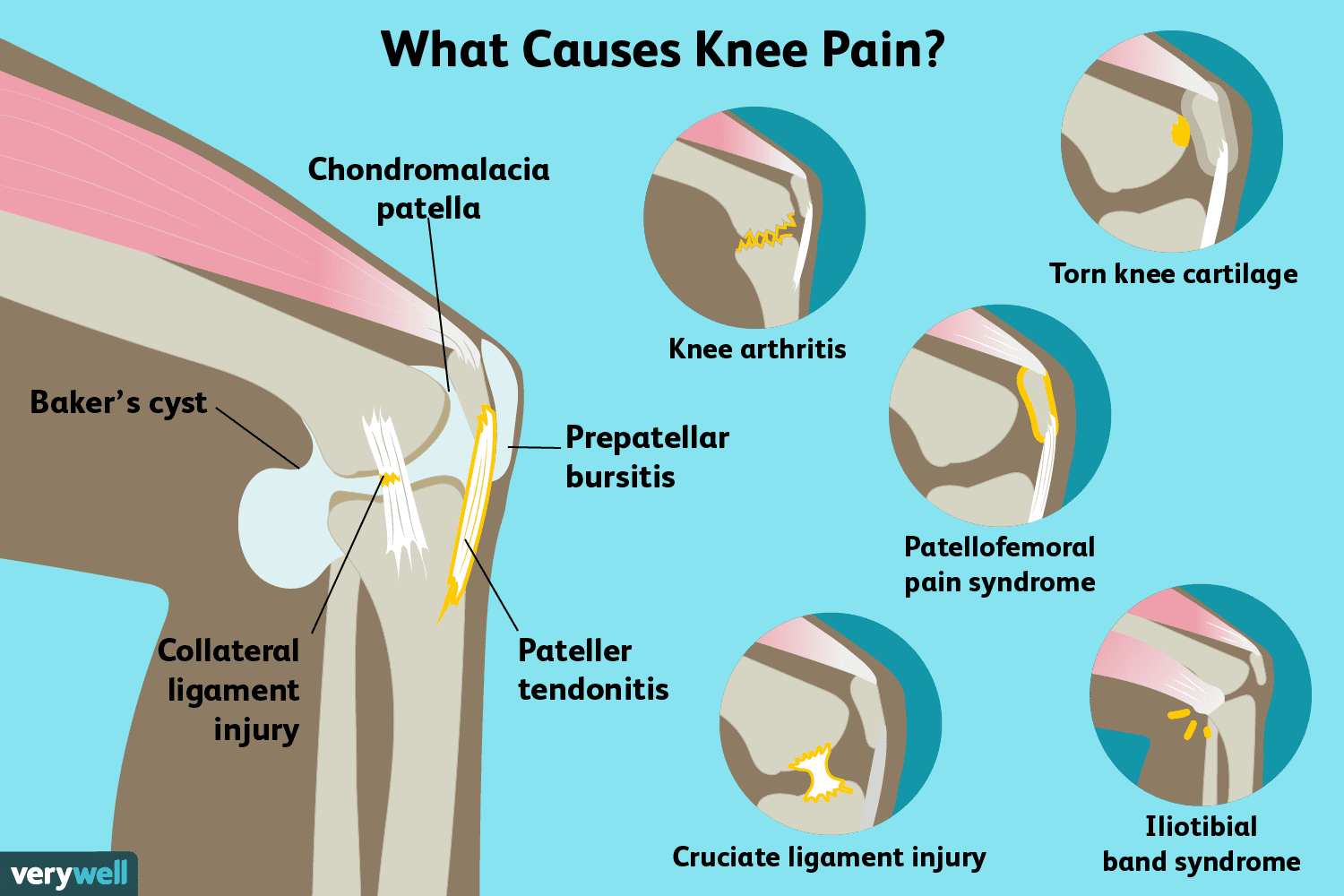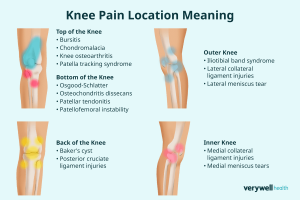
Knee pain is a common complaint that affects people of all ages and activity levels. Whether it’s a dull ache, sharp pain, or swelling, knee pain can interfere with daily activities like walking, climbing stairs, or exercising. Understanding the top causes of knee pain is the first step toward effective treatment and prevention. In this article, we explore the most common reasons for knee pain, symptoms to watch for, and when to seek professional care.
Knee pain can arise from injuries, medical conditions, or wear and tear over time. The knee is a complex joint composed of bones, cartilage, ligaments, and tendons, all of which can be sources of pain.

Osteoarthritis (OA) is the most common form of arthritis and a leading cause of knee pain. It occurs when the protective cartilage cushioning the knee joint gradually wears down, leading to pain, stiffness, and swelling.
Ligaments connect bones and provide stability to the knee. Tears or sprains to ligaments, such as the anterior cruciate ligament (ACL), medial collateral ligament (MCL), or posterior cruciate ligament (PCL), often result from sudden twists, impacts, or sports injuries.
The menisci are C-shaped cartilage discs that cushion and stabilize the knee. A meniscus tear can occur during sudden twisting or from degeneration due to aging.
Tendonitis is inflammation of the tendons around the knee, often caused by repetitive motions or overuse, such as jumping or running.
Bursitis occurs when the bursae—small fluid-filled sacs that cushion the knee joint—become inflamed due to repetitive pressure or trauma.
Unlike osteoarthritis, rheumatoid arthritis (RA) is an autoimmune condition where the body’s immune system attacks the joint lining, causing inflammation and pain.
Often called “runner’s knee,” this condition results from irritation between the kneecap (patella) and thigh bone (femur).
Gout is a form of arthritis caused by uric acid crystal buildup in the joint, leading to sudden and severe pain and swelling.
Septic arthritis or infections in the knee joint can cause pain, swelling, redness, and fever and require urgent medical attention.
Treatment depends on the underlying cause but often involves a combination of self-care, physical therapy, medications, and in some cases, surgery.
This basic approach helps reduce pain and swelling, especially after injury.
Strengthening the muscles around the knee improves stability and reduces stress on the joint.
In cases of severe injury or advanced arthritis, procedures like arthroscopy, ligament reconstruction, or knee replacement may be necessary.
Taking steps to protect your knees can reduce the risk of pain and injury.
Excess weight adds pressure on your knees and accelerates joint damage.
Incorporate low-impact activities such as swimming or cycling and strengthen muscles around the knee.
Supportive shoes help maintain alignment and reduce knee stress.
Use proper form during sports and exercise to avoid injury.
Seek medical attention if you experience:
Knee pain can result from a variety of causes, from minor injuries to chronic conditions like arthritis. Understanding the source of your pain, recognizing symptoms, and taking appropriate steps for treatment and prevention can help you maintain healthy, pain-free knees. Always consult a healthcare professional for persistent or severe knee pain to receive a proper diagnosis and personalized care.